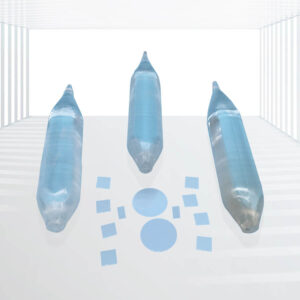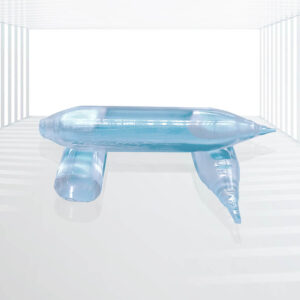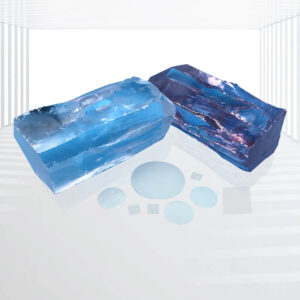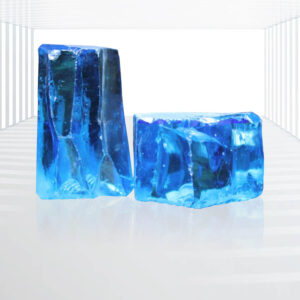Fe:SrTiO3 Crystals and Substrates
Enhanced Dielectric and Magnetic Properties: The iron dopants in the SrTiO3 lattice significantly enhance the dielectric and magnetic properties of the substrate, making it ideal for applications requiring strong magnetic and dielectric responses.
Precise Doping Concentrations: Kingwin Optics provides Fe:SrTiO3 substrates with precise iron doping concentrations of 0.05% and 0.04%, allowing for tailored performance to meet specific application requirements.
High-Quality Substrates: The Fe:SrTiO3 substrates are manufactured with high precision and quality control, ensuring consistent performance and reproducibility in research and industrial applications.
Versatile Applications: The unique combination of enhanced dielectric and magnetic properties makes Fe:SrTiO3 substrates suitable for a wide range of applications, including FETs, HEMTs, MRAM, and magnetic field sensors.
Applications: Field-Effect Transistors (FETs), High Electron Mobility Transistors (HEMTs), Magnetoresistive Random-Access Memory (MRAM), Magnetic Field Sensors, etc.

-2-300x300.jpg)
-300x300.jpg)
1-300x300.jpg)
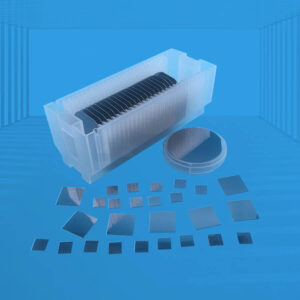
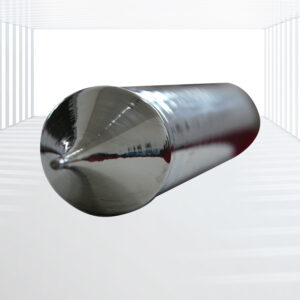
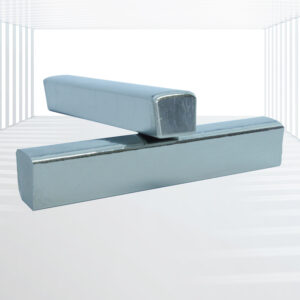
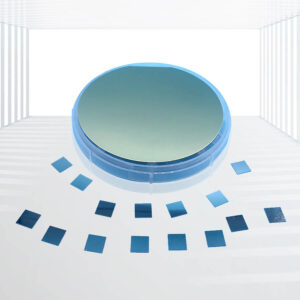
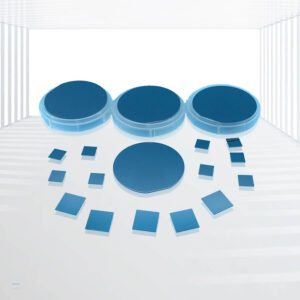
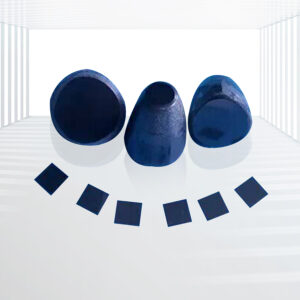
-300x300.jpg)
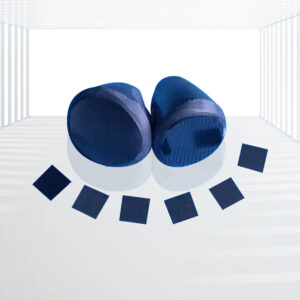
-300x300.jpg)
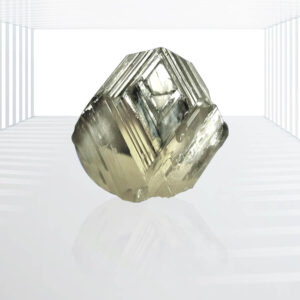
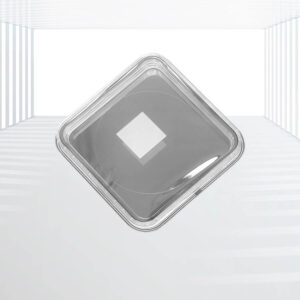
2-300x300.jpg)
-300x300.jpg)
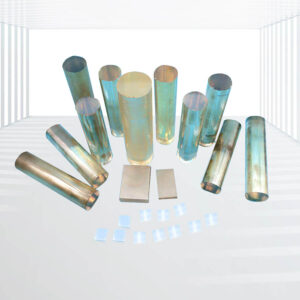
1-300x300.jpg)
